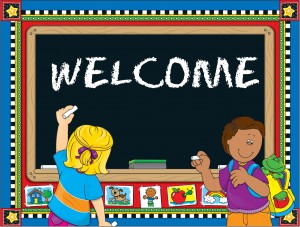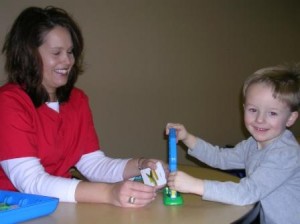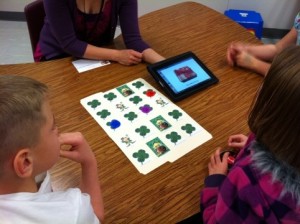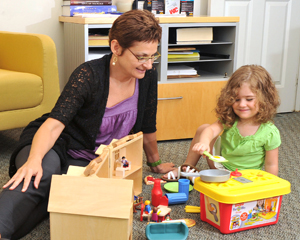Every child has his own unique needs and individual learning style. Encouraging collaboration amongst parents, teachers, and speech therapists can help a child learn more effectively in an environment that best suits his needs.
How to Teach the “R” Sound
Speech Therapy TechniquesThe “R” Sound
The “r” sound can be especially challenging to pronounce. It’s a voiced sound, produced by the vibration of the vocal cords. The reason why this particular sound is so difficult to master is that it can be correctly pronounced 8 different ways, depending on the letters with which it is combined. If you factor in the positioning of all of the variations of an “r” at the beginning, middle, or end of a word, you end up with 21 total variations.
Using Apps to Improve Articulation
Speech Therapy TechniquesYoung children often say “wabbit” for “rabbit” and “nana” for “banana.” While this is normal, bring your child to a speech-language pathologist (SLP) for an evaluation if these articulation issues continue past the expected age. An SLP can help your child produce the correct sounds. Encourage your child’s progress by working with him on speech therapy activities at home. Try old-fashioned, low-tech toys as well as high-tech apps that were designed specifically for children with articulation problems. You can also use Speech Buddies to teach proper tongue positioning.
Top Toys for Speech Therapy
Speech Therapy TechniquesWhile speech therapy is definitely going digital, you can still reap the benefits of using timeless toys like dolls and games to elicit communication and encourage proper sentence structure. Many speech-language pathologists (SLPs) customize their use of toys to the child’s individual interests. For example, an SLP might use a Grover doll for a child who loves “Sesame Street” or a Disney character for a child who loves “Aladdin.” Keeping the child engaged in learning is crucial to encourage progress.
Storytelling with Apps
Speech Therapy TechniquesStorytelling is a classic childhood activity. There are few things that draw a family together like getting the kids in their pajamas and snuggling up for a bedtime story. It’s even more rewarding when a child begins to make up his own stories. But some children with speech disorders have difficulty organizing words and sentences into a logical narration. A child with a language sequencing problem may narrate the key points of a story in an inappropriate order. He may also order words incorrectly within a sentence. Similarly, a child with an expressive language disorder struggles to choose the correct words and put them together logically.





